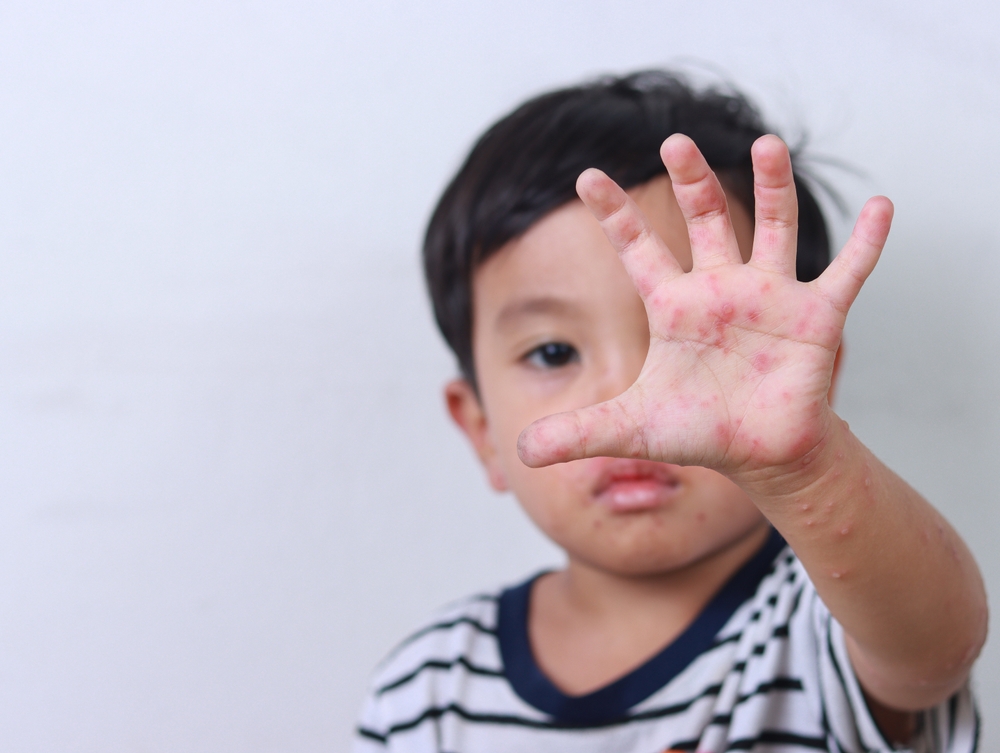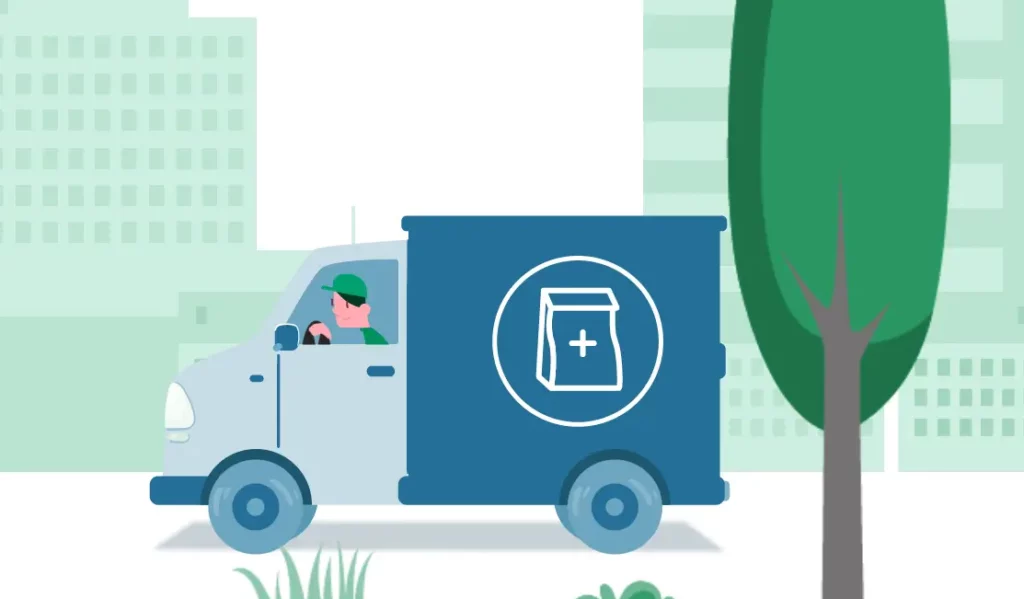Hand, foot and mouth disease (HFMD) is something you might hear about, especially if you have young children. It’s a viral infection that mostly affects kids under 5, but adults can get it too. It causes sores or blisters in the mouth, on the hands, and on the feet. These sores can be uncomfortable but usually go away on their own within a week or two.
HFMD is pretty common, especially in places like nurseries and preschools. It tends to show up more often in the warmer months. While it’s usually not serious, it’s good to know how it spreads and what to watch out for, especially if you’re around young children.
What is hand, mouth and foot disease in humans?
Hand, foot and mouth disease (HFMD) presents a distinct set of symptoms that can help identify the condition.
These include:
- Fever: you may have a mild to moderate fever for a few days
- Sore throat: you may get a sore throat before developing mouth ulcers
- Loss of appetite: you may feel less hungry than usual (especially for children)
- Blisters: blisters on the palms, fingers, and soles of your feet are typical in HFMD
- Skin rash: you may also have a non-itchy rash on your bum or genital area
- Feeling unwell: along with the above symptoms, you may feel fatigued or irritable
Frequently asked questions about hand, foot and mouth disease
How to catch hand, foot and mouth?
To avoid hand, foot, and mouth disease, keep away from infected people and practise good hygiene, such as frequent handwashing.
How do children get hand, foot and mouth?
Children typically contract hand, foot and mouth disease through close contact with infected children or by touching contaminated surfaces and then touching their mouth, nose, or eyes.
Can adults get hand, foot and mouth?
Yes, adults can get hand, foot and mouth disease. Although it’s more common in children, adults can contract the virus through close contact with infected people or contaminated surfaces.

